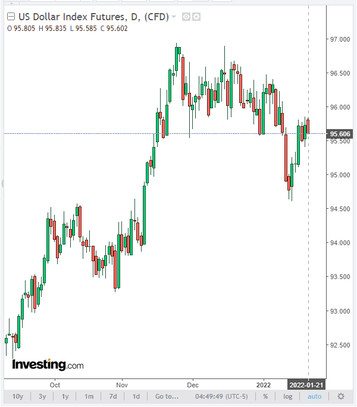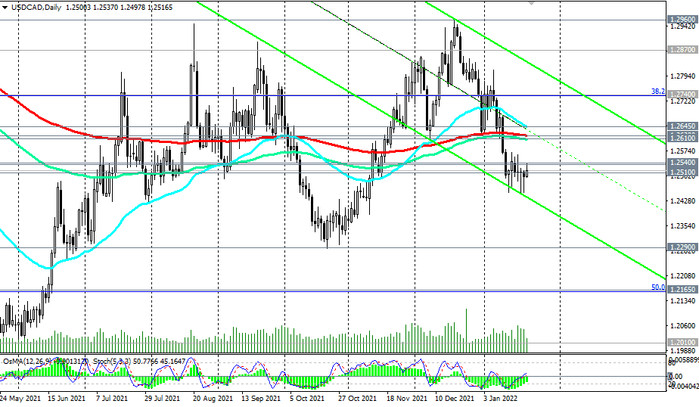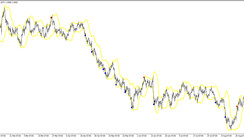Today, the demand for protective yen, franc and government bonds has risen sharply. At the same time, quotations of commodity currencies fell sharply, along with continued decline in futures for the world's major stock indices. Accordingly, the growth in demand for government bonds leads to a drop in their yield and dollar quotes as a national currency. Thus, the yield on US 10-year Treasuries at the time of publication of this article is 1.790%, below the maximum since February 2020, 1.902%. Such yields were observed on the eve of the March emergency Fed meetings, when the interest rate was sharply reduced from 1.75%, first to 1.25%, and then to the current 0.25%.
Anxiety and uncertainty are growing again in the markets, and the US currency, it seems, cannot yet decide on the direction of further movement. Thus, futures for the DXY dollar index are currently traded near 95.60 after rising on Tuesday, falling on Wednesday and rising again on Thursday.

Expectations of the start of the cycle of raising interest rates by the Fed support its quotes. Released earlier this month, the minutes of the Fed's December meeting hinted at a propensity for a sharper reduction in the central bank's balance sheet and the possibility of an earlier start to the interest rate increase cycle.
But, on the other hand, according to some economists, a further decline in US stocks and stock indices may lead to an outflow of capital from US assets, and this will negatively affect the dollar.
As reported yesterday by the US Department of Labor, the number of initial applications for unemployment benefits unexpectedly increased, amounting to 286 thousand (against 220 thousand according to the forecast and previous values of 231 thousand, 207 thousand, 200 thousand). This is a wake-up call for buyers of the dollar, as the data showed a deterioration in conditions in the US labor market. Negative dynamics has been observed for the fourth week in a row, and the average value of the number of initial applications for unemployment benefits, registered in the last 4 weekly reports of the US Department of Labor, amounted to 231 thousand in the current reporting week (against 211 thousand, 204.5 thousand, 199.75 thousand in previous 4-week periods). This indicator more objectively reflects the state of affairs in the national labor market, and its growth indicates a deterioration in the situation and is an unfavorable factor for the USD. Either way, despite strong monthly reports and a low unemployment rate of 3.9%, the lowest since March 2020, the number of jobs in the US economy is still 3.6 million less than before the pandemic.
But the dynamics of the labor market (together with the inflation rate and the dynamics of GDP) is a determining factor for the Fed in planning the course of monetary policy, and the deterioration of the labor market may once again force Fed officials to refrain from quickly curtailing stimulus programs. And this, in turn, will again have a negative impact on the dollar.
As for today's economic calendar and upcoming events, market participants, especially those who follow the dynamics of commodity currencies, will pay attention to the publication at 13:30 (GMT) by Statistics Canada of the retail sales index. This indicator assesses the overall volume of retail sales and is considered an indicator of consumer confidence, reflecting the state of the retail sector in the near term. The growth of the index is usually a positive factor for the CAD; a decrease in the indicator will negatively affect the CAD. Retail sales are forecast to rise +1.2% in November after rising +1.6% in October and after declining -0.6% in September. If the data for November turns out to be weaker than the forecast, the CAD may drop sharply in the short term, and the USD/CAD pair will rise. The Canadian dollar is also losing support today from falling oil prices. According to the report of the Energy Information Administration of the US Department of Energy, published on Thursday with data on the weekly change in commercial stocks of oil and petroleum products, in the week of January 8-14 they increased by 0.515 million barrels (against the forecast of a fall of -0.938 million barrels). Oil market analysts still expect prices to rise again as supply is likely to remain tight and demand firm. In this case, CAD quotes will also begin to grow again, and USD/CAD (with USD dynamics neutral), respectively, will decrease.






